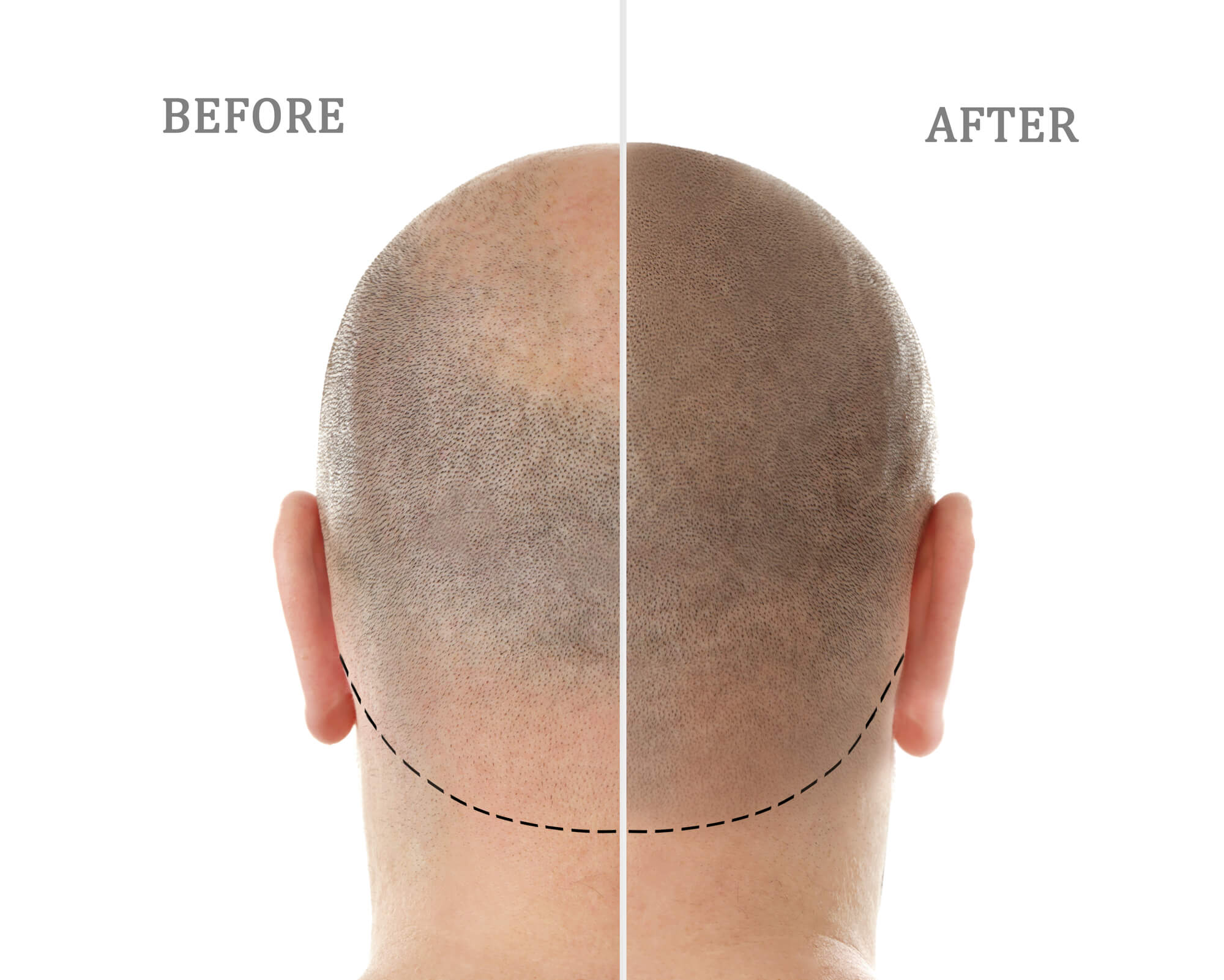Hair transplants offer a permanent solution to hair loss, but the costs can vary widely based on several factors.
Hair transplant surgeries can provide permanent, natural-looking results to baldness. This procedure, often seen as a lifeline for those experiencing hair loss, does come with its price tag. But what exactly determines the cost of a hair transplant?
Factors That Affect the Cost of Hair Transplants
There is a broad range of hair transplant costs, but why? Well, many factors can influence the final price tag of this transformative procedure.
1. The Surgeon’s Experience.
When it comes to hair transplant surgery, not all surgeons are created equal. Hair transplantation is as much an art as it is a science. Achieving natural-looking results that blend seamlessly with your existing hair requires an exceptional level of artistry, precision, and understanding of hair growth patterns.
While the technical skills required for the procedure are undoubtedly essential, the artistry is what differentiates an average result from an outstanding one. The surgeon wielding the tools plays a decisive role in the outcome. We encourage you to view before-and-after photos, seek patient testimonials, and perhaps even meet prior patients in person to gauge the naturalness of the results.
Remember, you’re not just paying for a service; you’re investing in the surgeon’s accumulated years of expertise, their understanding of aesthetics, and their commitment to the highest standards of patient care. Your results will heavily depend on your chosen surgeon’s skills, so be sure to choose a board-certified hair transplant surgeon like Dr. Keene. With her decades of experience in hair restoration, Dr. Keene is easily one of the best hair transplant surgeons in Arizona.
2. Hair Transplant Technique Used.
Two primary techniques dominate the hair transplant industry: FUE (Follicular Unit Extraction) and FUT (Follicular Unit Transplantation).
Follicular Unit Extraction
FUE is a more contemporary approach. In this method, individual hair follicles are meticulously extracted one by one from the donor area using tiny punches. This technique boasts several advantages. Notably, there’s no linear scar, allowing patients the freedom to sport short hairstyles without revealing signs of surgery. The absence of a large excised strip also leads to a generally faster healing process.
Moreover, FUE offers the flexibility of extracting hair from other parts of the body, not just the scalp. However, the precision and time-intensiveness of FUE make it a pricier option. There’s also a risk of over-harvesting, which can deplete the donor area if not done judiciously.
Follicular Unit Transplantation
On the other hand, FUT, often referred to as the “strip method,” is a more traditional approach. It involves excising a strip of scalp, typically from the back of the head. Hair follicles are then harvested from this strip. FUT can be an efficient choice for sessions requiring a large number of grafts, often coming with a lower price tag compared to FUE due to its less labor-intensive nature. The grafts from the central part of the strip are usually of high quality.
However, the trade-offs include a noticeable linear scar, a potentially longer recovery period, and some patients might experience a sensation of tightness in the area from which the strip was extracted.
3. The Number of Grafts Needed.
The extent of hair loss determines the number of grafts required. Someone with minor thinning may only need a few hundred grafts, while others with significant baldness might require several thousand. Since clinics often price the procedure on a per-graft basis, this factor plays a substantial role in the overall cost.
4. The Location of the Clinic.
Geography plays a surprisingly significant role in the cost of a hair transplant. Clinics in bustling urban centers or posh neighborhoods might charge more, reflecting the higher cost of rent and operational expenses. On top of that, a city with a high cost of living, such as New York or San Francisco, will naturally see higher procedure prices compared to smaller towns or cities.
Average Hair Transplant Cost
Hair transplants have become more accessible. However, like any medical procedure, it comes with its costs, which can range from a few thousand to tens of thousands of dollars. Generally, you might find prices quoted on a per-graft basis, with each graft containing about 1-4 hairs. On average, a single graft might cost anywhere between $3 to $10, though this is a broad approximation. So, for a procedure involving 2,000 grafts, you’re looking at a range of $6,000 to $20,000.
Consult with a Board-Certified Hair Transplant Surgeon.
There’s only one way to avoid the horrors of a failed hair transplant surgery and that is to work with an experienced board-certified surgeon like Dr. Keene. Contact us to schedule a consultation at the Physician’s Hair Institute in Scottsdale and Tucson, Arizona. Our service extends to patients in Phoenix, Chandler, Glendale, Paradise Valley, Mesa, and surrounding areas.




